Sedation Options for an Emergency Dental Visit
If you’re experiencing a dental emergency, you may be wondering if sedation is an option.
Emergency dental sedation offers numerous benefits for patients. Firstly, it significantly reduces anxiety and fear associated with dental emergencies, allowing patients to feel at ease during the procedure. Moreover, sedation enhances patient comfort by minimizing pain and discomfort. It enables dentists to perform complex procedures more effectively and efficiently. With sedation, emergency dental visits become more manageable, resulting in improved treatment outcomes and overall patient satisfaction.
There are several kinds of emergency dental sedation, each with benefits and drawbacks. In this article, we will discuss the four most common types:
- Nitroux Oxide (Laughing Gas)
- Oral Sedatives
- Intravenous (IV) Sedation
- General Anesthesia
If you have a dental emergency, don’t wait. Call 866-720-2809 to be connected to a local dentist in your area with sedation options.
When Do You Need an Emergency Dental Visit?
It’s always best to consult with your regular dentist first, but some dental situations require an emergency dental visit.
If you’re experiencing the following, you’ll need to see an emergency dentist:
- Excessive pain
- A serious dental injury, like a cracked tooth or missing tooth
- An infection
Leaving a dental problem untreated can lead to severe complications, so it’s vital to get the care you need as soon as possible.
What is Sedation Dentistry, and Who Should Use It?
There are different levels of emergency dental sedation, from mild sedation, which helps to take the edge off, to general anesthesia, which renders sedated patients completely unconscious. The type of sedation that is right for a particular patient will depend on several factors, including the type of dental procedure and the patient’s level of anxiety.
Individuals with dental anxiety or phobias can greatly benefit from sedation, as it helps them relax and undergo necessary treatments without excessive fear. Additionally, patients requiring extensive or invasive emergency procedures can benefit from sedation to ensure their comfort throughout the process. Emergency dental sedation caters to a wide range of patients, providing a solution for those who may otherwise find dental emergencies overwhelming.
Sedation in Emergency Dentistry
Sedation plays a vital role in the field of emergency dentistry. During dental emergencies, patients often experience heightened anxiety, fear, and discomfort. Sedation techniques help alleviate these emotions, allowing patients to relax and receive necessary treatments without unnecessary stress. By providing a calm and comfortable environment, sedation enables dentists to perform procedures effectively and efficiently.
Emergency IV Sedation Dentist in Vancouver, Washington
Dr. Bhui at Vancouver Emergency Dentist in the Vancouver Mall offers IV sedation services for emergency patients in Vancouver, WA.
Types of Sedation Explained
When you visit the dentist, they may recommend sedation to help you through the appointment. Sedation is a medication that can help you relax.
There are different levels of sedation, from moderate to deep. Moderate sedation helps you feel relaxed and drowsy. On the end of the spectrum, deep sedation makes you almost unconscious.
The type of sedation your dentist uses will depend on your procedure and how anxious you are. If you have anxiety around visiting the dentist, sedation can help you get through the appointment without feeling anxious.
Nitrous Oxide
Nitrous oxide, also known as laughing gas, is a type of dental sedation inhaled through a mask placed over the nose. The gas works to relax and calm the patient within minutes. Nitrous oxide is considered a safe and effective mild form of emergency dental sedation for children and adults.
Nitrous oxide can cause some people to feel nauseous or dizzy. For this reason, it’s crucial that patients not eat or drink anything for at least two hours before their appointment.
The effects of nitrous oxide wear off quickly, and patients can drive themselves home after their appointment.
Oral Sedatives
Dental procedures, including fillings, cleanings, and extractions, are done under oral sedation. They work by helping the patient to relax and feel drowsy. A patient takes oral sedatives by mouth in pill form or as a drink.
The effects of oral sedatives take a while to wear off. Patients should have someone drive them home after their appointment.
Intravenous Sedation
Intravenous (IV) sedation is a type of dental sedation injected into the bloodstream through a small needle. IV sedation works quickly to relax and calm the patient and lasts about an hour. More complex procedures, such as root canals or wisdom tooth extractions, use this form of sedation to ensure patient comfort.
IV sedation can make patients feel sleepy, and they may not remember much of the procedure afterward. For this reason, patients will need someone to drive them home after their appointment.
General Anesthesia
Although not often necessary, general anesthesia is a type of dental sedation that puts the patient into a deep sleep. It is often beneficial for more complex procedures, such as:
- Root canals
- Wisdom tooth extractions
- Pediatric patients
- Dental implants
- Oral surgery
- Gum surgery
Patients under general anesthesia will not be able to drive themselves home after their appointment. They will need someone to take them home.
Safety Measures and Guidelines for Emergency Dental Sedation
When it comes to emergency dental sedation, strict safety measures and guidelines are followed to ensure patient safety. These measures include a thorough evaluation of the patient’s medical history and any potential contraindications for sedation. Additionally, proper monitoring equipment is utilized to track the patient’s vital signs throughout the procedure. Trained professionals adhere to established protocols to ensure the safe and effective administration of sedation.
Choose the Right Sedation Option for Your Emergency Dental Visit
When emergency dental care is needed, it’s essential to choose the right type of emergency dental sedation. It can turn a painful and stressful situation into a more bearable one.
Call an emergency dentist today and discuss your sedation options or schedule an appointment.
Resources:

